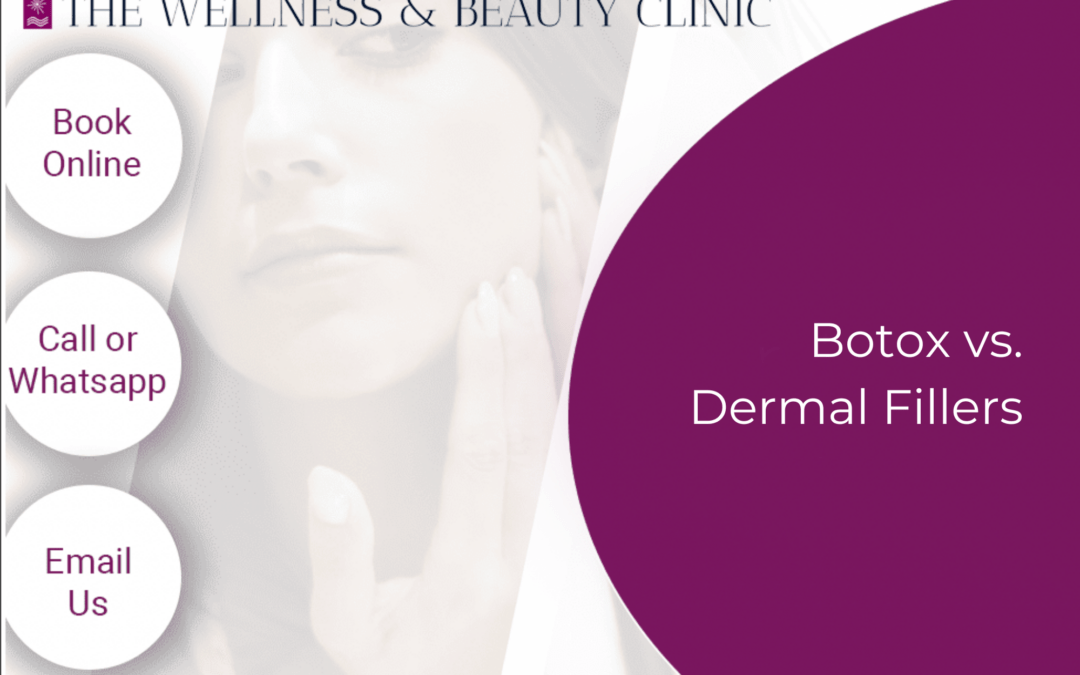When it comes to non-surgical cosmetic treatments, Botox and dermal fillers are two of the most popular options available. While both are used to address signs of aging, they work in completely different ways and are tailored to achieve distinct results. Understanding the differences can help you make an informed decision about which treatment is right for you.
What is Botox?
Botox, or Botulinum toxin, is a purified protein that is injected into targeted muscles to temporarily relax them. It works by blocking nerve signals to the muscles, preventing them from contracting. This makes Botox highly effective for treating dynamic wrinkles, which are caused by repetitive facial movements such as frowning, squinting, or smiling. Common areas for Botox application include forehead lines, crow’s feet around the eyes, and frown lines between the eyebrows. The effects of Botox typically last 3-4 months, making it a go-to choice for those looking to smooth out facial wrinkles without undergoing surgery.
What are Dermal Fillers?
Dermal fillers, on the other hand, are injectable substances used to restore volume, enhance facial contours, and smooth out static wrinkles – wrinkles that are present even when the face is at rest. Most dermal fillers are made of hyaluronic acid, a naturally occurring substance in the body that provides hydration and plumpness to the skin. They are often used to add volume to areas like the cheeks, lips, and under the eyes, and are also effective for softening nasolabial folds and marionette lines. The results of dermal fillers can last anywhere from 6 months to over a year, depending on the type of filler used.
Key Differences
The main difference between the two lies in their function. Botox is best for reducing fine lines and wrinkles caused by muscle movement, while dermal fillers are ideal for addressing volume loss and enhancing facial contours. Many people choose to combine the two treatments for a more comprehensive approach to facial rejuvenation.
Ultimately, the choice between Botox and dermal fillers depends on your individual concerns and aesthetic goals. Consulting a qualified provider will help you determine the best treatment plan for you.





